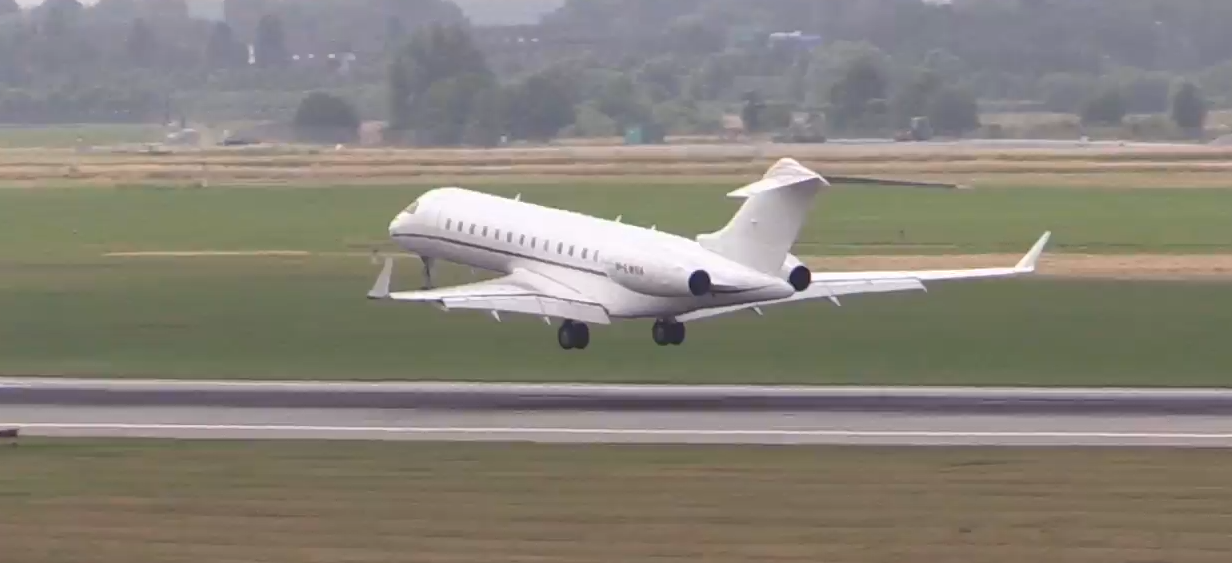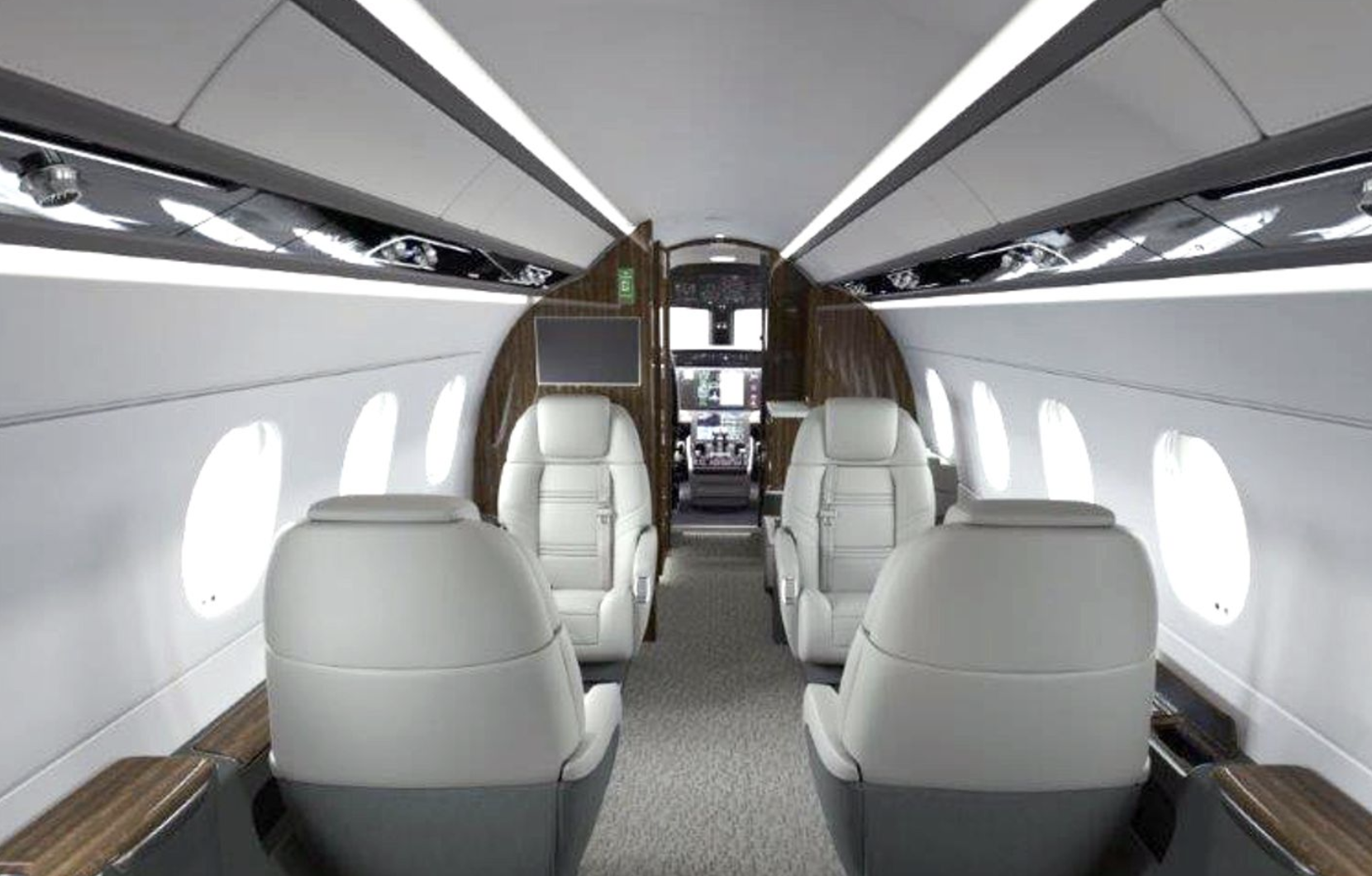Below is from NBAA with recommended questions about safety.
The goal is to ensure you are working with providers (jet card sellers or charter brokers) who source planes and pilots from operators with the highest standards.
While this will never reduce the risk to zero, executives in the industry say asking these questions will provide you with an extra layer of security.
One advantage of using a jet card is that you are buying into a standard of safety that is part of your program.
You won’t have to through this exercise every time as you would with on-demand charter.
That’s chartering trip-by-trip.
Below, we offer suggested questions for your potential jet card provider or charter broker.
It ranges from how they source planes from (if it’s not from planes they own or manage), the standards for the aircraft they will use, and the standards for the pilots who will fly your flights.
Jet Card Provider/Charter Broker Questions:
What is your jet card provider or charter broker’s experience in private aviation?
Private aviation is constantly bringing in new entrants, in some cases successful business entrepreneurs whose previous experiences were as passengers or owners of jets, but not operators or brokers. This is more prevalent in the charter broker market.
- Who owns the company?
- How many employees do they have?
- How long have they been around?
- Are they members of NBAA (National Business Aviation Association), the private aviation industry trade group?
What is the aviation experience of the executives at your jet card provider or charter broker?
If it’s not on their website, ask for bios of top executives, including those who are in charge of sourcing aircraft. Use Google or LinkedIn to get more information. Find out if they have been in management at companies that have closed or had customer complaints.
- Does anyone here have a hand in aviation background? Brokers are middlemen.
- Does your broker or jet card provider have deep experience in private aviation?
- Do they understand the plane types and capabilities? More passengers and baggage reduce range. Seats certified for passenger use can include the fold-down seats over the toilet.
- Do they know the planes they are selling well enough to recommend one that’s optimal for you and the comfort you want?
- How long have they been working with the operators whose planes they are using?
How is your jet card or charter broker provider sourcing planes?
Jet card providers get the planes you will fly from one or more of the following ways: They own and operate them; they own them and contract operations of the planes; they manage aircraft for owners and use that managed fleet to source your flights; they operate a fractional share fleet and use those planes to source your flight; and they go to operators who either own or manage planes to source aircraft to fulfill your flights.
Private Jet Operator Questions:
What are your jet card provider’s internal safety standards for sourcing aircraft from operators?
Every company you work with should have their own internal standards for sourcing aircraft to fulfill your flights (In the case of some companies, they have varying standards, for example, providing older planes at a lower price).
- What are the standards for the operators they work with?
- Do they work with any operators that have been accidents, incidents or FAA violations in the past 10 years?
- How long has the operator been in business?
- Who are the executives at the operator, and what is their private aviation experience?
- What ratings agencies do they use as standards? ARGUS Platinum and Gold and Wyvern Wingman are often used as a Good Housekeeping seal of approval by operators and brokers, however, there role isn’t quite as direct.
- Are the operators they use part of IS-BAO? There are around 700 operators that meet IS-BAO (International Standard for Business Aircraft Operations) worldwide, including flight departments, whereas in the U.S. there are over 2,500 operators that meet the standards set forth by the FAA in Part 135, meaning they are able to operate charter flights. The FAA approves the maintenance programs for all aircraft operating on air charter operations specifications.
- Who maintains the aircraft?
- Is it maintained by a factory service center, by an in-house mechanic or by a local repair facility?
- If it is not maintained by the factory, how often is/are the maintenance technician(s) sent for training specific to that make/model aircraft?
Private Jet Pilot Questions:
What are the standards for the pilots that will fly you?
For companies that own or operate managed and fractional fleets, they will be able to answer directly regarding their own standards.
- For brokers or jet card providers, ask if they check pilot history?
- Do they do it for every flight?
- Do they use Wyvern, ARG/US or have their own proprietary reports they will provide you ensuring that the pilots flying you are compliant?
- Do they require minimum hours for Pilot-in-Charge (PIC) and First Officer (FO) overall, and in the plane type you will be flying? Many people want one of the pilots to have at least 250 hours in the aircraft type you are flying.
- Not all airports are created equal. Do the pilots have experience flying into the airports you will be traveling to, particularly if they are airports in mountainous areas or include long overwater sectors such as to Hawaii?
- Do they track service length of pilots at each of the operators they use? While there will always be new pilots, high turnover should make you cautious.
- What type of ongoing training do they require?
- Will your pilots and flight attendants be trained in first aid, and CPR?
Aircraft Questions:
What are the standards for the aircraft?
- How old are the planes?
- Do they track maintenance and refurbishment history?
- Who owns the plane?
- How many aircraft are in the operator’s fleet?
- What is the makeup of fleet by type? Larger fleets suggest the ability to have more robust levels of service, such as being able to find a replacement in the case of a mechanical.
- Do they have any standards for refurbishments or cabin interiors? Owners are typically footing the bill for refurbishments, so an ongoing refurbishment history is an indication of an owner who is investing into his or her plane.
- If the aircraft is an older model, what is the condition of the aircraft’s appearance (paint and interior), and have the pilot’s instruments and navigation equipment (called aircraft avionics) been updated to current technologies such as Global Positioning System (GPS), Wide Area Augmentation System/Localizer Performance with Vertical Guidance (WAAS/LPV), Enhanced Vision System (EVS) or Enhanced Ground Proximity Warning System (EGPWS)?
- Does your aircraft carry a defibrillator on board and/or subscribe to an in-flight medical assistance program to provide additional medical assistance to passengers?
Not being able to answer all of the above questions or for business reasons not wanting to answer them doesn’t mean the provider doesn’t have high standards and can’t serve you will.
In fact, some companies simply won’t be able to provide information because they don’t have access to it.
However, as you interview and compare potential providers, the above questions should provide you with a good comparison of the companies you speaking to and how the view the various issues covered in this article












